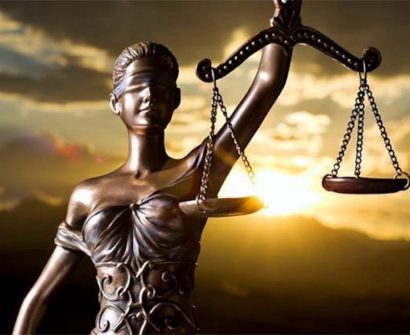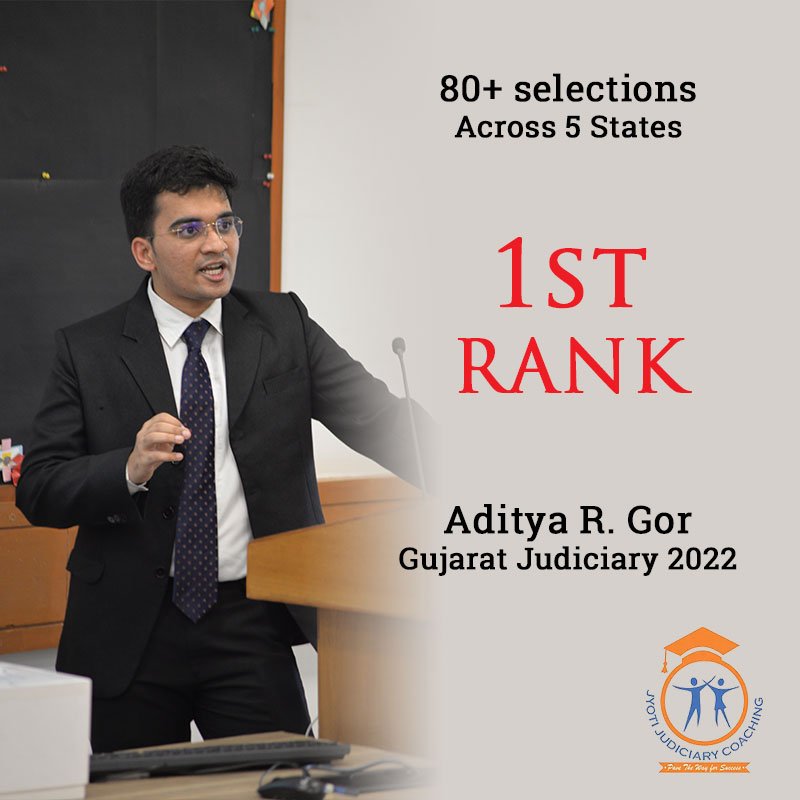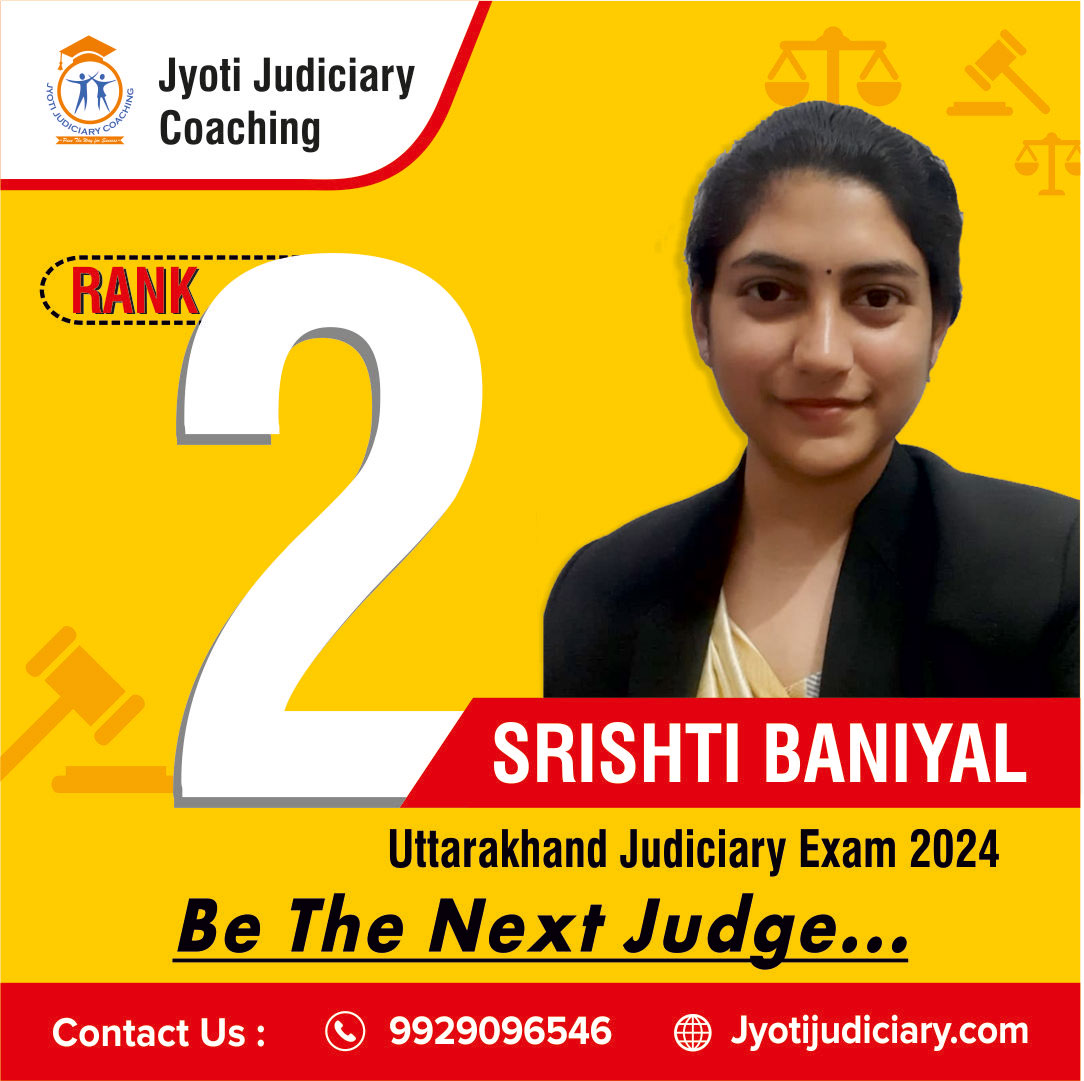
In the manish kumar v union of india decision, the Supreme Court of India decided against a group of real estate project allottees who had contested the changes made to the insolvency and bankruptcy code (Amendment) Act 2020. Among other things, the petitions contested the constitutionality of changes made to Section 7(1) of the 2016 insolvency and bankruptcy code.
In an amendment to Section 7(1), a proviso was added stating that allottees according to a real estate project (financial creditors) who wish to start the insolvency resolution process under the Code must jointly file an application with at least 100 other allottees under the same project, or with at least 10% of allottees under the same project, whichever is less.
Furthermore, the petitioners attempted to contest an additional clause that amended Section 7 1 of the insolvency and bankruptcy code, which stated that applications under Section 7 that were not accepted would be withdrawn within thirty days if the corresponding applicants failed to meet the newly announced minimum threshold of one hundred allottees or ten percent of the allottees, whichever was lower.
However, the SC has upheld the provisions altering Section 7 1 of the insolvency and bankruptcy code, which may be seen as a blow to real estate project allottees.
manish kumar v union of india Case Facts
- The petitioners have invoked article 32 of the indian constitution to petition the court. Sections 3, 4, and 10 of the Insolvency and Bankruptcy Code (Amendment) Act 2020 are being questioned.
- The insolvency and bankruptcy code of 2016’s Section 7(1) is amended by Section 3 of the challenged modification. An extra explanation found in Section 11 of the Code is incorporated into Section 4 of the challenged modification. Section 32A is added to the Code in Section 10 of the challenged amendment.
- The second proviso, which sets a new threshold for an allottee to file an application according to Section 7 to start the insolvency resolution procedure under the Code, has been contested by the petitioners.
- The threshold is the requirement that the application be supported by at least 100 allottees or 10% of the total number of allottees, whichever is lower. They ought to be a part of the same effort, too.
- The Supreme Court ruled that a measure that is retroactive can revoke a vested right granted by a statute. A statute has the power to revoke a right granted by it. The fact that there was a significant amount of public interest in this law cannot be disregarded by the Supreme Court.
- The sheer volume of applications and the outcomes they could yield make them irresistible as a rational or arbitrary factor to have influenced the legislation’s creation.
- Regarding the forced withdrawal covered by the third proviso of the petitions that are still pending, we maintain the following position. There have to be repercussions for not complying with the Legislature’s intention that the pending applications be made compatible with the threshold criterion. If not, there would have been total ambiguity and the application would have been treated in a blatantly arbitrary way.
- The Supreme Court stated that the Legislature must be given full rein in the law because it is an economic measure. The contested amendment is appropriate, modest, and reasonable. According to the information acquired by the respondent, allottees in the N.C.L.T. filed 253 cases between June 2016, and June 5, 2018. However, the allottees filed up to 2201 cases between June 6, 2018, and December 28, 2019.
- Subsequently, there is a dramatic decline in accordance with the Ordinance between August 26, 2020, and December 29, 2019; in over eight months, only 130 complaints were submitted. It is noted that the argument against the Legislature, founded on estoppel and malice, is implausible.
- The ruling of this Court in Union of India and others v. Godfrey Philips India Ltd. is relied upon, and there can be no estoppel against the Legislature. In the sphere of law, the idea of transferred malice is foreign. One legislative right that may be subject to conditions is the ability to submit an application under Section 7.
manish kumar v union of india Issues
- Was the Insolvency and Bankruptcy Code (Amendment) Act 2020’s Sections 3, 4, and 10 lawful or not?
Contentions by the Parties
Petitioner:
- It is clear that the challenged amendment is in violation of the Constitution’s Articles 14, 19, (1)(g), 21, and 300A. The second proviso in Section 7(1) of the Code is introduced by the Amendment Act’s Section 3, which clearly discriminates against other financial creditors and financial creditors, which includes the petitioners.
- The disputed requirements are unworkable due to inherent leakages.
- As mentioned in the challenged clauses, the ability to file an application should not be restricted to a certain amount.
- Due to the lack of information regarding debenture and security holders, as well as allottees in real estate developments, the first proviso is arbitrary and unworkable.
- The Amendment creates a class within a class, which is illegal and has negative legal ramifications.
- The modification that imposes the threshold restriction is discriminating against operational creditors in a hostile and apparent way.
- A procedural requirement cannot be used to deny a substantive entitlement. The substantive right to activate the code has been granted to home buyers through Section 7 application submission. Furthermore, a proviso cannot supersede the primary clause.
Respondent:
- The Amendment is both reasonable and lawful.
- According to the information acquired by the respondent, allottees in the N.C.L.T. filed 253 cases between June 2016, and June 5, 2018. However, allottees filed an overall of 2201 cases between June 6, 2018, and December 28, 2019. After then, there is a dramatic decline in accordance with the Amendment between August 26, 2020, and December 29, 2019; in over eight months, only 130 cases were submitted.
- By prohibiting the filing of numerous proceedings, the Amendment Act aimed to reduce the backlog of cases before the adjudicating body, which was already overworked.
- Additionally, thousands or even hundreds of allottees’ rights are safeguarded by the amendment in case they disagree with the application of a single home buyer.
- Due to the avoidance of needless financial harm to the already struggling corporate debtor, the modifications improve process efficiency and economy.
manish kumar v union of india Judgment
- The Supreme Court ruled that homebuyers are in a unique position when compared to other creditors and affirmed the validity of the modifications. Therefore, in real estate homebuyer cases, the threshold limit set for the introduction of CIRP is neither irrational nor in conflict with article 14 of indian constitution.
- The Judges claim that the interests of the other allottees and the project as a whole may be jeopardized if the one allottee is allowed to submit an application under Section 7.
- Furthermore, the Real Estate (Regulation and Development) Act, 2016, the Consumer Protection Act, 2019, and bringing a civil lawsuit provide the allottees with further viable remedies.
- The Supreme Court further clarified that it would not matter if an individual has one or more allotments in his family’s name; all independent allotments would be considered separate allottees and would be considered in the computation of hundred allottees/one-tenth of the allottees.
manish kumar v union of india: Analysis
- In its ruling, the Supreme Court determined that even in cases where the full debt has not been paid back, a financial creditor may file for bankruptcy against a corporation that is in default under section 7 of the IBC. The court determined that, rather than requiring repayment of the full debt, section 7 clearly states that failure to make payments on a debt over one lakh rupees is the prerequisite for filing for bankruptcy.
- The court further stated that the IBC’s goal of offering a time-bound procedure for the settlement of bankruptcy cases would be defeated if the full debt had to be paid off before proceedings could begin. Since the law under review has to do with economics, the court should not apply article 14 of indian constitution’s rigorous interpretation guidelines while examining it. Legislators have more latitude to enact legislation based on reasonable logic and sound principles when it comes to economic problems.
- In order to bring the nation up to speed with the rest of the world in terms of loan collection, asset maximization for failing firms, and balancing the interests of all stakeholders, the Insolvency and Bankruptcy Code was required.
- Petitioners may file applications under either the amended or unamended Section 7; they may also file applications after the two-month period and request the benefit of condonation of delay according to Section 5 of the Limitation Act for the period that their applications were on hold before the Adjudicating Authority.
The ruling in this case by the Supreme Court resolves a significant dispute over how section 7 of the IBC should be interpreted. The court’s decision to allow a financial creditor to start insolvency proceedings even if the debt hasn’t been paid in full guarantees that the IBC’s deadline-driven procedure for handling insolvency cases may be carried out efficiently.
This ruling is probably going to improve the IBC’s overall efficacy as well as the way insolvency cases are handled in India. Like any other human institution, laws are fallible and cannot be perfect. Nonetheless, a statute must blatantly transgress the bounds established by the constitution in order for a court to find it unconstitutional.
With the goal of giving students the best coaching available for law entrance exams including the CLAT, AILET, and various other numerous state judiciary exams, Jyoti Judiciary Coaching, India’s Finest educational Platform, was established. Come enrol now with Jyoti Judiciary!For any latest news, legal topics, judiciary exams notifications, patterns, etc watch Jyoti Judiciary’s YouTube channel for legal videos for any updates at https://youtube.com/@jyotijudiciarycoaching4852?si=2cwubh9d2A9urwJf








